Time Period: Civil War through Reconstruction (1861 - 1874)
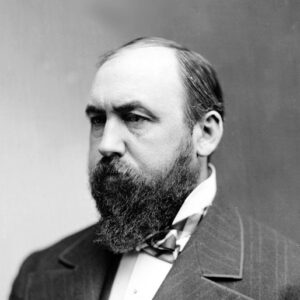 Stephen Dorsey
Stephen Dorsey
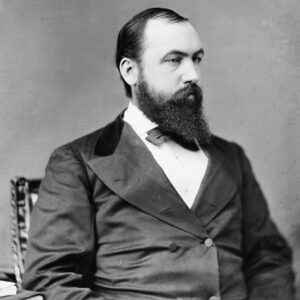 Stephen Dorsey
Stephen Dorsey
Dorsey, Stephen Wallace
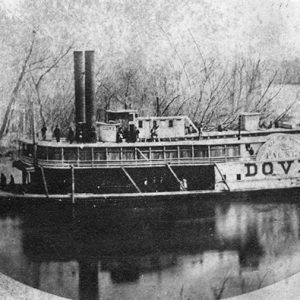 The Dove
The Dove
Dove [Steamboat]
Du Bocage
aka: Judge J. W. Bocage Home
Dudley Lake, Skirmish near
aka: Scout from Brownsville (December 15–18, 1864)
Dumas (Lynching of)
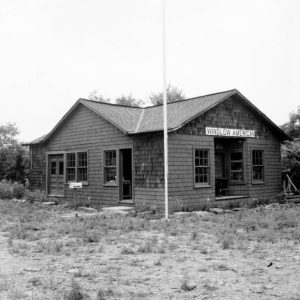 Maud Duncan Museum
Maud Duncan Museum
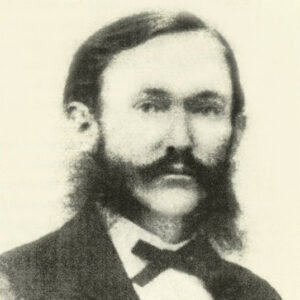 John Dunnington
John Dunnington
Dunnington, John William
DuVal, Elias Rector
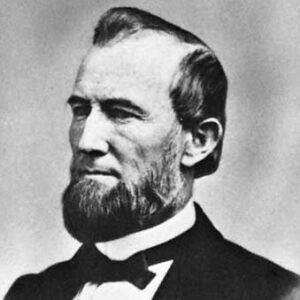 James Eads
James Eads
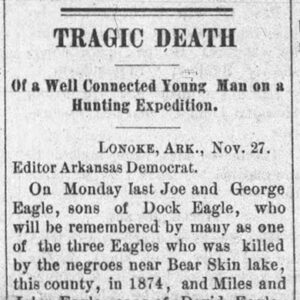 Eagle Murders Article
Eagle Murders Article
Eagle Murders of 1873
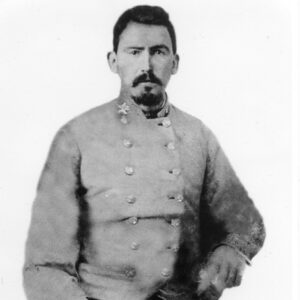 James Eagle
James Eagle
Eakin, Jno
aka: John Rogers Eakin
Earle, Josiah Francis
 Early Bathhouses
Early Bathhouses
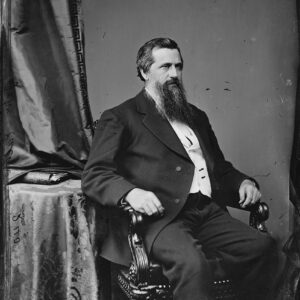 John Eaton
John Eaton
Edwards, John
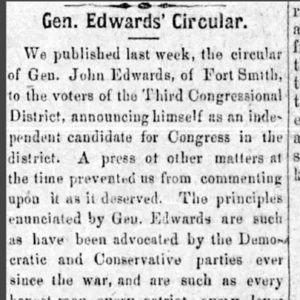 John Edwards Endorsement
John Edwards Endorsement
Eighteenth Arkansas Infantry (CS)
Eighth Arkansas Infantry (CS)
Elections during the Civil War
Eleventh Arkansas Infantry (CS)
Eleventh Regiment, United States Colored Troops (US)
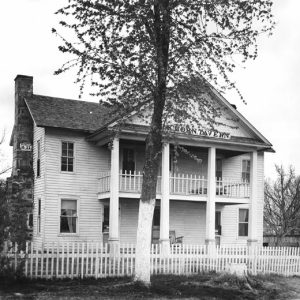 Elkhorn Tavern
Elkhorn Tavern
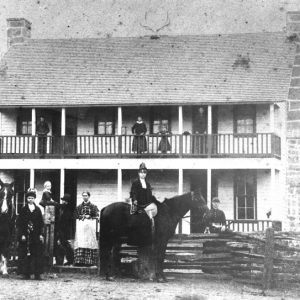 Elkhorn Tavern
Elkhorn Tavern
Elkhorn Tavern
Elkhorn to Berryville, Scout from
Elkin’s Ferry, Engagement at
aka: Battle of Okolona
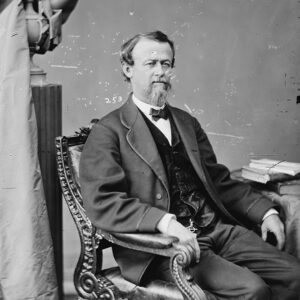 James T. Elliott
James T. Elliott
Elliott, James Thomas
Ellis, William
 William Ellis
William Ellis
Elm Springs, Skirmishes near
Emancipation
 Steamboat Empress Article
Steamboat Empress Article
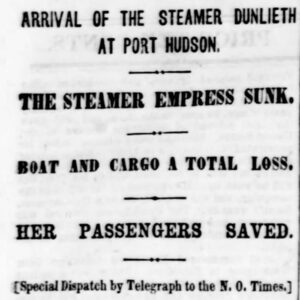 Empress Sinking Article
Empress Sinking Article
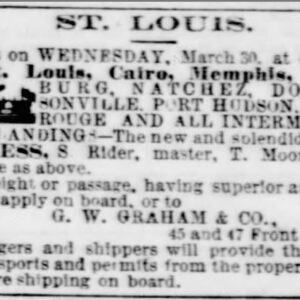 Empress Article
Empress Article
 Empress Attack Article
Empress Attack Article
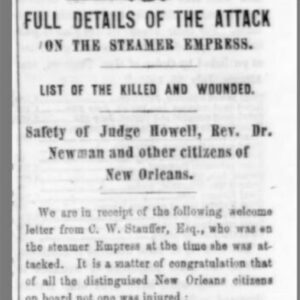 Empress Attack Article
Empress Attack Article
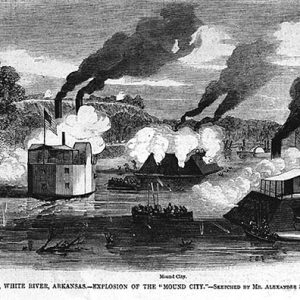 Engagement at St. Charles
Engagement at St. Charles
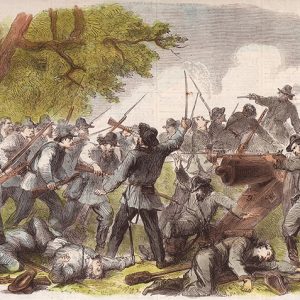 Engagement at St. Charles
Engagement at St. Charles
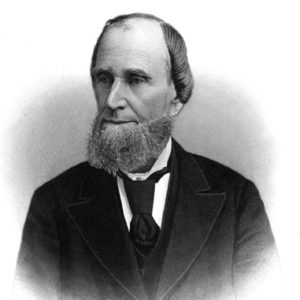 Elbert English
Elbert English




